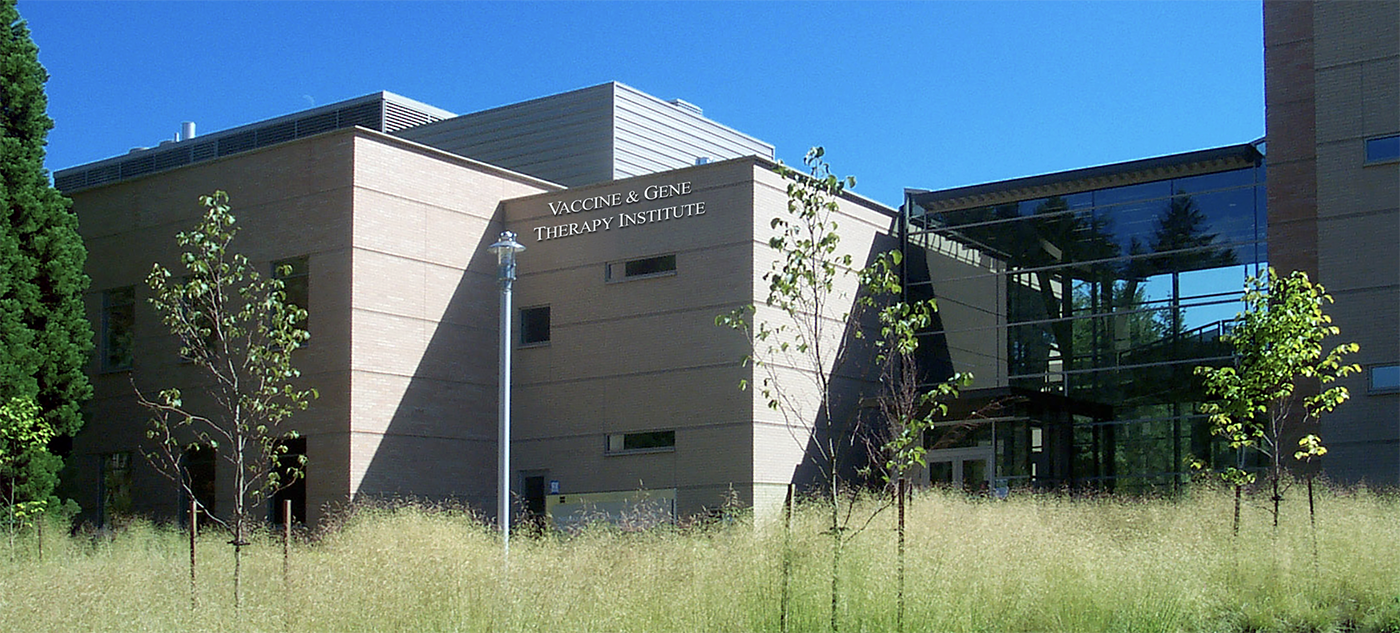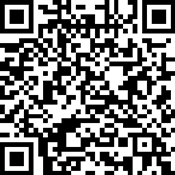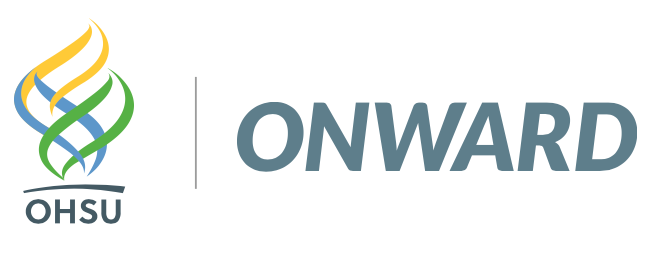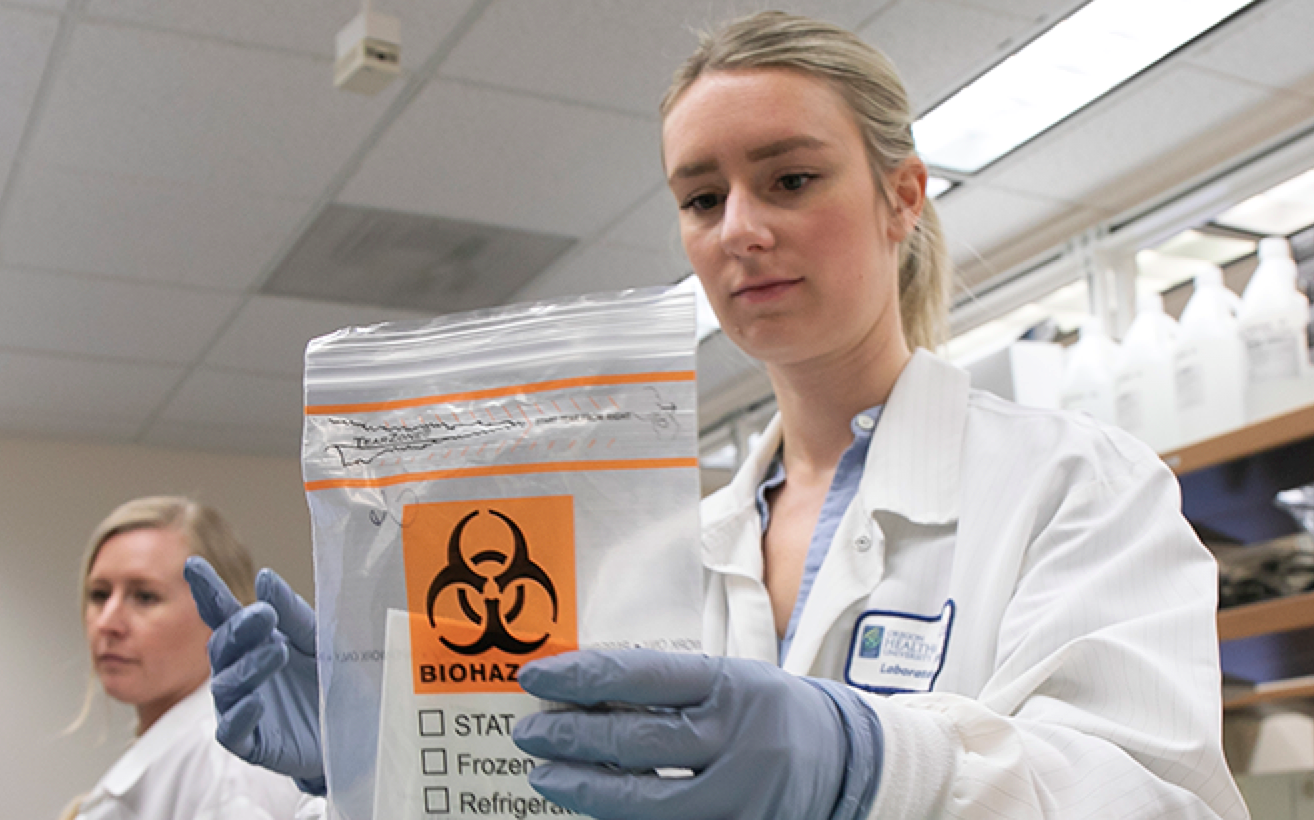Welcome

The Vaccine and Gene Therapy Institute at Oregon Health & Science University has assembled a multidisciplinary team of scientists to respond to serious viral disease threats, including AIDS, chronic viral infection-associated diseases, newly emerging viral diseases and infectious diseases of the elderly. Our programs are intended to span the continuum between basic and clinical science, in which discoveries are rapidly advanced from the level of molecular and cellular biology through animal models and ultimately into clinical testing. Learn more
VGTI Seminar Series

Recent publications
Commun Biol. Nov 24, 2025
A rhesus macaque model of congenital cytomegalovirus infection reveals a spectrum of vertical transmission outcomes
Genome Biol. Nov 21, 2025
Long-read structural variant discovery and targeted short read genotyping enables population scale characterization of structural variation in rhesus macaques
Proc Natl Acad Sci USA. October 28, 2025
A cytoplasmic motif in HLA-E that drives clathrin-mediated endocytosis and VCP-associated postendocytic trafficking
J Med Chem. October 15, 2025
N-Alkyl sulfamates as a New Class of nsP2 Cysteine Protease Inhibitors with Broad-Spectrum Antialphaviral Activity
Immunity. October 14, 2025
Primate resident memory T cells activate humoral and stromal immunity
J Virol. October 8, 2025
Human cytomegalovirus UL78 is a nuclear-localized GPCR necessary for efficient reactivation from latent infection in CD34+ hematopoietic progenitor cells
Eur J Med Chem. September 27, 2025
In silico discovery and mechanistic profiling of STING agonist engaging the transmembrane domain
PLoS Pathog. September 26, 2025
Liver biopsies obtained throughout SIV infection reveal evolving interferon stimulated protein expression within distinct monocyte/macrophage subsets
Bioorg Med Chem. September 8, 2025
Novel tricycle expanded purine nucleosides with pan-viral activity
Nat Rev Immunol. September 3, 2025
Targeting MHC-E as a new strategy for vaccines and immunotherapeutics
Microbiol Spectr. August 27, 2025
Impact of obesity on the gut microbiome and inflammatory markers during SIV infection and antiretroviral therapy
J Lipid Res. August, 2025
Integrated lipidomic and proteomic profiling reveals metabolic network disruption by SARS-SoV-2 variants
Front Immunol. August 8, 2025
An immune-focused supplemental alignment pipeline captures information missed from dominant single-cell RNA-seq analyses, including allele-specific MHC-I regulation
J Immunol. August 1, 2025
Glycoprotein L-deleted single-cycle rhesus cytomegalovirus vectors elicit MHC-E-restricted CD8+ T cells that protect against SIV
J Biol Chem. July, 2025
Characterization of Caenorhabditis elegans sphingomyelin synthases through heterologous expression
J Virol. July 30, 2025
Cytomegalovirus latency-the sum of subtleties
PLoS Pathog. July 24, 2025
Effect of obesity on the acute response to SARS-CoV-2 infection and development of post-acute sequelae of COVID-19 (PASC) in nonhuman primates
ACS Infect Dis. July 18, 2025
Enantioselective Chemical Probe for Chikungunya nsP2 Helicase with Antialphaviral Activity
NPJ Vaccines. July 16, 2025
The TLR7/8 agonist INI-4001 enhances the immunogenicity of a Powassan virus-like-particle vaccine
JCI Insight. July 15, 2025
Prophylactic and therapeutic neutralizing monoclonal antibody treatment prevents lethal yellow fever infection
Ways to Give
Donate to Vaccine and Gene Therapy Institute.
VGTI offers two options and account to consider when donating that serve differing purposes:
The VGTI Support Foundation Fund
Gifts to the VGTI Support Foundation Fund provides vital support that allows us find cures for life threatening infectious diseases. These funds help us to have necessary resources and create and conduct innovative infectious disease research studies, leading to the development of vaccines and cures.
The Jay Nelson Memorial Fund
Gifts to the Jay Nelson Memorial Fund supports providing education and learning opportunities for our current up and coming scientists with a focus on Herpesvirus.
Biographical Feature:
In memoriam Jay A. Nelson (1948–2024)

Your Gift Brings Hope, Please support our mission in memory of Jay Nelson. Your generosity will help support education and learning opportunities for our current up and coming scientists with a focus on Herpesvirus. Click to Donate

The VGTI Support Foundation Fund
Donate to VGTI
Your gifts help provide vital resources to conduct innovative research and more.


COVID-19 Efforts - Building a COVID Testing Lab